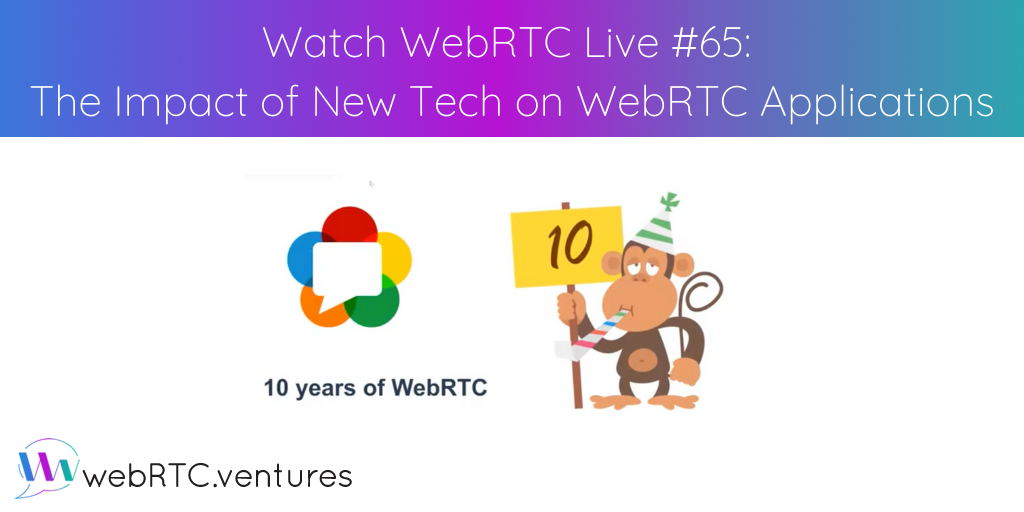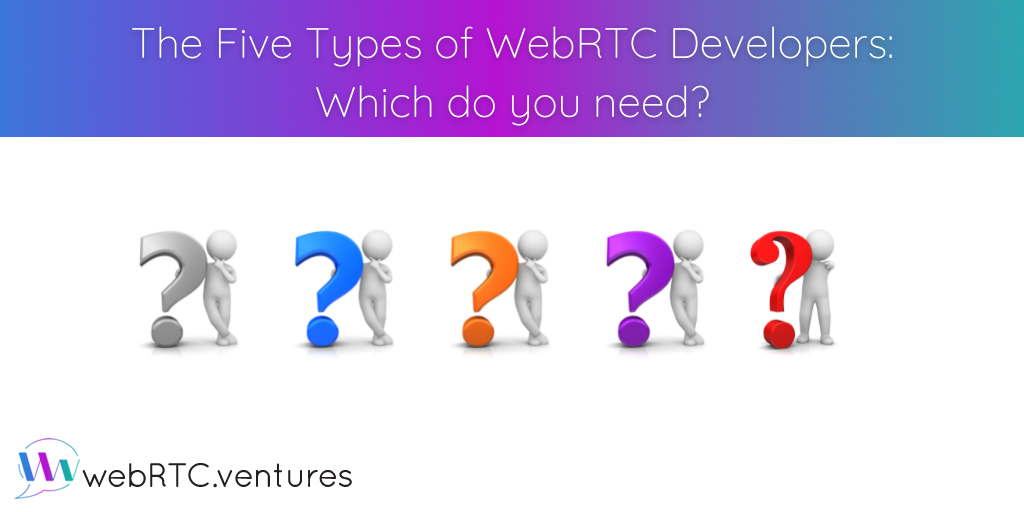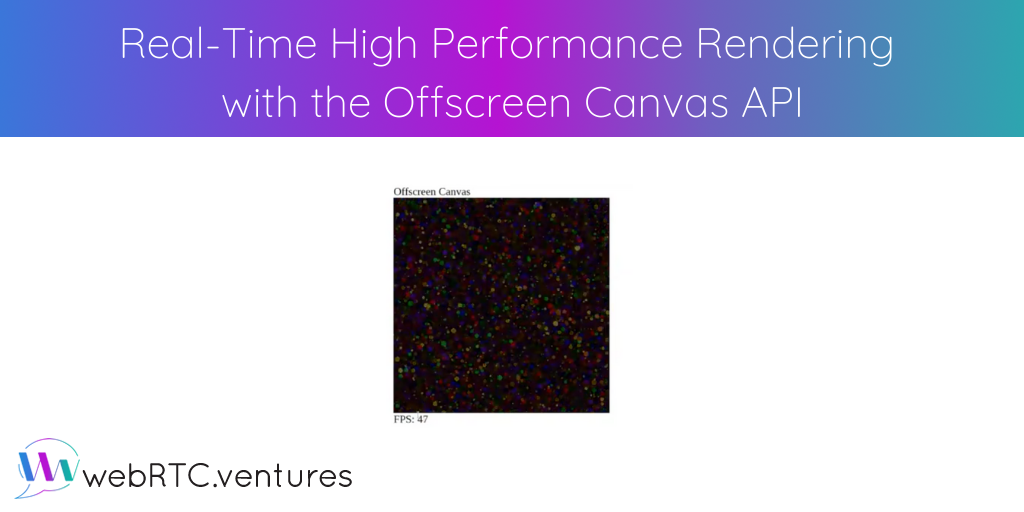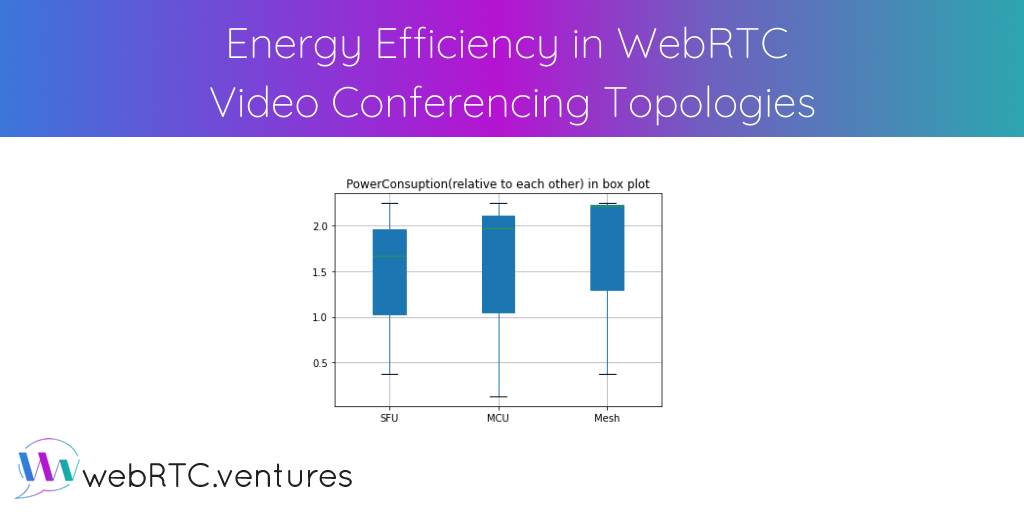
For our 65th episode of WebRTC Live, Arin welcomed back Tsahi Levent-Levi to explore how new technologies such as WebCodecs, WebAssembly, WebTransport, and AV1 may affect the design and the development of WebRTC applications in the future.

WebRTC Developer is actually a broader job description than you might imagine. Arin identifies five different types of WebRTC Developers (JavaScript CPaaS Integrator, Mobile Video Developer, Open Source Media Server Developer, DevOps Scaler, and the WebRTC Protocol Engineer) and considers when you might need each for your WebRTC project.

The Offscreen Canvas API allows for performance enhancements and some interesting techniques that will become more and more a part of WebRTC applications being built now and in the future. By offloading heavy media processing off of the main Javascript thread, high resolution or graphically intensive applications can be provided directly in the browser, without affecting the user’s experience.

Mesh, MCU, or SFU architectures help scale WebRTC for group calls. There are advantages to each, depending on the use case and concerns around quality, cost, and network congestion. But how does each compare in terms of energy efficiency? In her last post of the series, Altanai Bisht compares server side and client side consumption in these different topologies.






